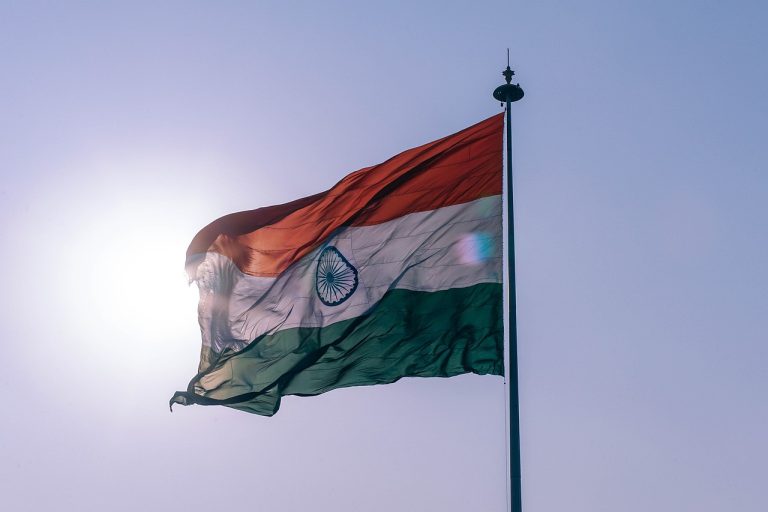The Indian rupee edged higher on Wednesday, bucking the cautious mood in Asian markets, with traders pointing to fading bearish sentiment in the options space.
The local unit was quoted at 88.00 to the US dollar, up 0.18% on the day, despite a rally in the dollar index to 98.50 and weakness in regional peers.
Currency dealers said the options market no longer reflects a sharp downside bias for the rupee.
The one-month USD/INR risk reversal, which briefly showed dollar calls at a premium to puts after the rupee breached the 88 mark last Friday, has now flattened.
This indicates lower demand for hedges against further depreciation.
“The slight skew that was favouring dollar calls has disappeared, which is not surprising when you consider the price action post Friday’s breakout,” said an FX derivatives trader at a private sector bank in a Reuters report.
Market absorbs breach of record low
The rupee hit a fresh record low of 88.33 on Monday, but the move was described by traders as orderly and free of panic.
On Tuesday, the currency briefly rallied to 87.85 before retreating, and on Wednesday it hovered back around 88, underscoring a contained trading pattern.
The breach of the 88 level last week was driven by fears of tougher US trade measures and persistent foreign fund outflows.
Sentiment deteriorated further after US President Donald Trump imposed a steep 50% tariff — split between general and additional duties — on Indian exports on August 27.
Some analysts argue that the policy response may involve accepting a weaker rupee.
“Given the way tariffs have been imposed on India by the US, there could be a thought that a slight depreciation of the rupee will help exporters,” a forex market analyst told The Indian Express.
“Some weakening may be accepted to nullify the tariff impact.”
Exporters may benefit from weaker rupee
A depreciating rupee tends to boost exporters by making Indian goods cheaper for foreign buyers.
With India’s foreign exchange reserves standing at $690.72 billion, the Reserve Bank of India (RBI) has adequate firepower to manage volatility while allowing gradual depreciation to support competitiveness.
Market participants believe the RBI has been defending certain levels in the currency but is unlikely to resist depreciation beyond its comfort zone.
“The breach of the critical 88-mark last week surprised traders, with many noting the Reserve Bank opted not to intervene forcefully,” said Jigar Trivedi, senior research analyst at Reliance Securities.
RBI seen moderating pace of decline
The RBI has reiterated that its role is to curb excessive volatility, not to target specific exchange rates.
Analysts suggest the central bank will continue to smooth fluctuations while allowing the rupee to adjust gradually in line with trade realities.
“When the trade war is on, currency becomes a weapon because you have to safeguard your exporters to the extent possible,” said Anindya Banerjee of Kotak Securities.
“They will intervene to manage the pace of depreciation, but they may not be very aggressive.”
Dipti Chitale, CEO of Mecklai Financial Services, added that until trade frictions ease, a weaker rupee may be unavoidable.
“This approach appears sensible, especially as the US, a key trading partner, has adopted a confrontational stance on tariffs,” she said.
The post Rupee defies regional weakness to rise against dollar appeared first on Invezz

